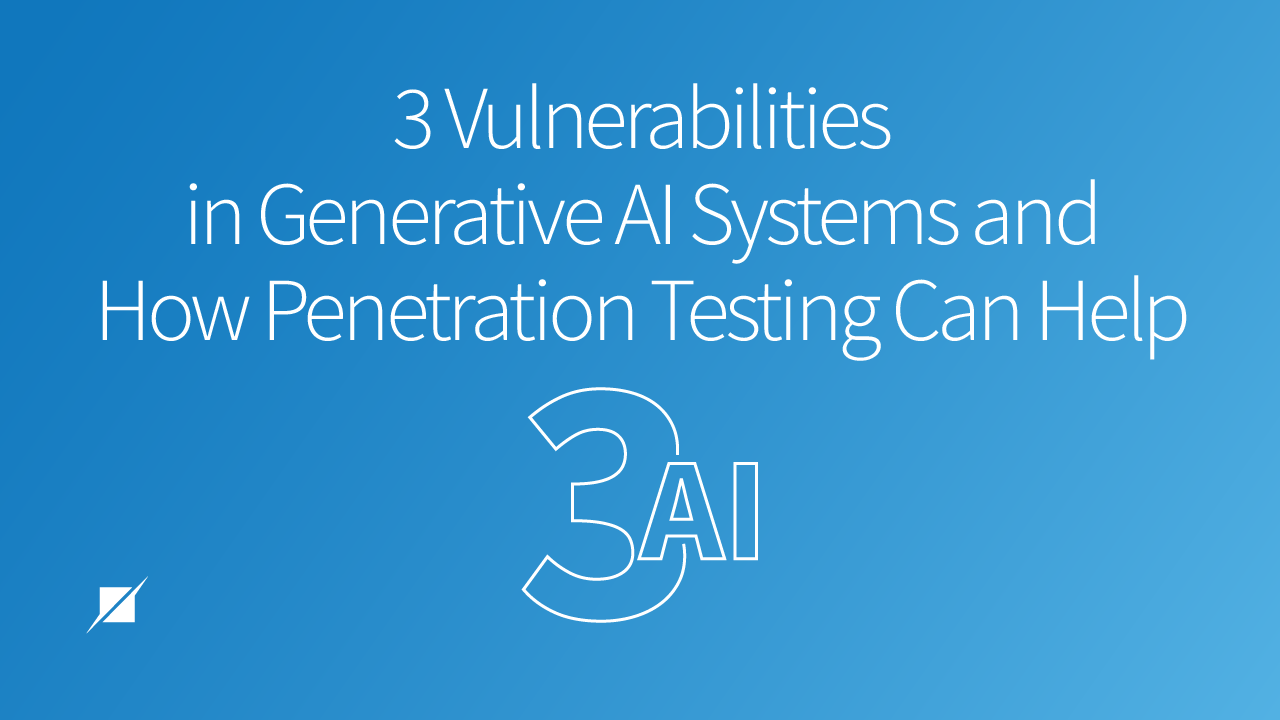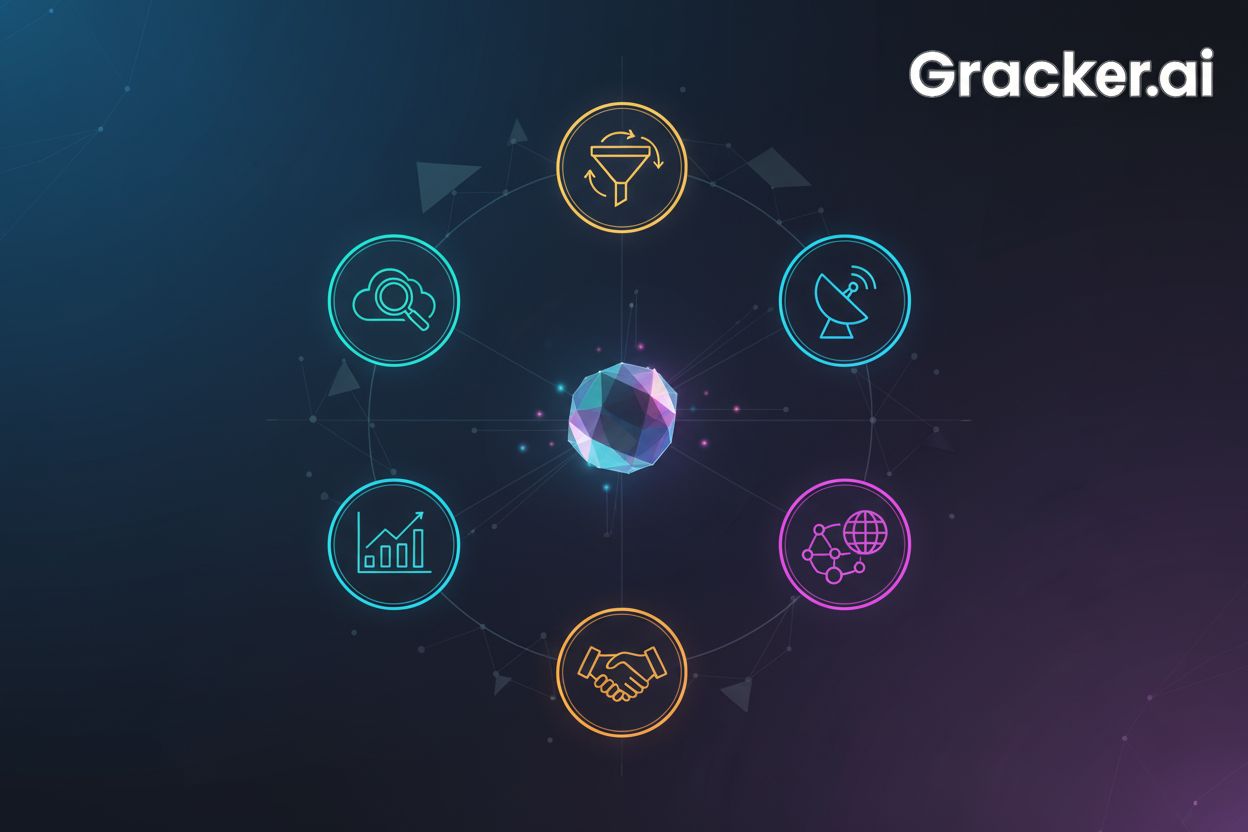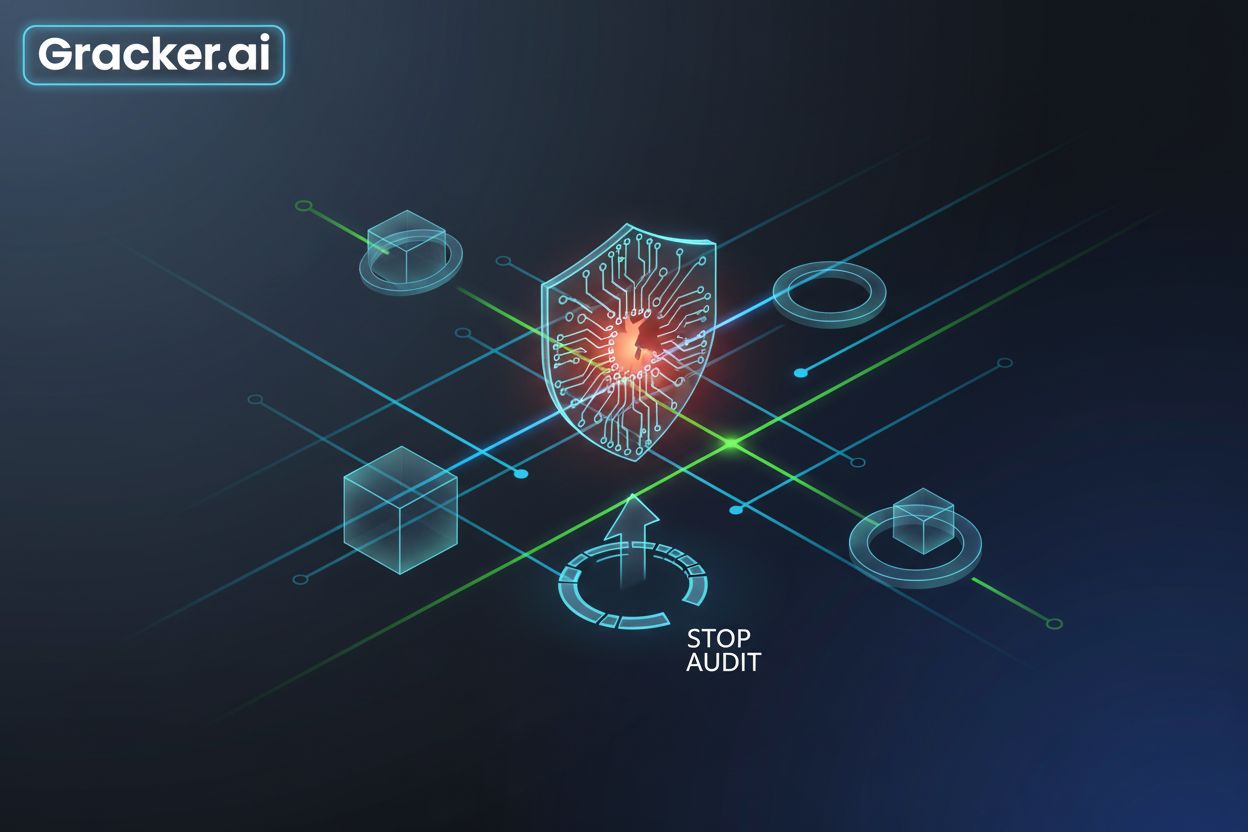Generative AI's Impact on Vulnerability Remediation
Challenges in Vulnerability Resolution
Organizations struggle to fix flaws identified during penetration testing, with generative AI applications complicating the remediation process. According to Cobalt's State of Pentesting Report 2025, only 48% of exploitable vulnerabilities are resolved, dropping to 21% for flagged generative AI app flaws. The resolution rate for critical vulnerabilities is higher at 69%. Technical, organizational, and cultural factors hinder the resolution process, demonstrating that the introduction of generative AI does not alleviate these issues. Many organizations opt to accept certain risks rather than risk operational disruptions or incurring high costs for remediation. Poor planning and resource limitations also contribute to slow patching.  Image courtesy of CSO Online
Image courtesy of CSO Online
Generative AI in Penetration Testing
Generative AI can enhance penetration testing by facilitating more creative assessments and customizing test environments. However, it also presents new risks. Cobalt's findings indicate that the prevalence of high-risk issues in generative AI systems is significant, with 32% of identified vulnerabilities considered high risk. Incorporating generative AI allows for rapid analysis of data and generation of test scenarios, streamlining vulnerability identification. Nonetheless, organizations must remain cautious about overreliance on AI solutions, as human oversight is crucial in addressing false positives and ensuring comprehensive security assessments. A study by the International Journal of Information Security highlights that the integration of generative AI tools can yield better pentesting reports and enhance overall security. However, ethical and legal concerns remain a priority, especially regarding unauthorized access and inherent model biases.
Vulnerability Management and Remediation Strategies
To improve remediation rates, organizations should focus on integrating security tools early in the development process and setting performance metrics for addressing serious vulnerabilities. Security teams often face information overload from multiple sources, including penetration tests and vulnerability scans, making it difficult to prioritize remediation efforts effectively. GrackerAI offers a solution for cybersecurity content automation, helping organizations transform security news into strategic content. By monitoring threats and producing relevant content, GrackerAI empowers marketing teams to stay ahead of emerging trends and enhance their communication strategy.  Image courtesy of Schellman
Image courtesy of Schellman
The Role of Generative AI in Remediation
Generative AI can significantly impact vulnerability remediation by providing options that can manage security debt at scale. However, organizations must be wary of risks associated with its use, including legal challenges and potential biases in the AI model. Utilizing tools like Veracode Fix can mitigate these risks. Veracode Fix uses a curated dataset to suggest fixes for known vulnerabilities, ensuring responsible AI practices and avoiding issues related to model poisoning. Integrating GrackerAI into your cybersecurity marketing strategy can streamline the communication of these advancements, helping you maintain relevance in a rapidly evolving industry landscape.
Conclusion
As organizations increasingly adopt generative AI for security solutions, understanding its implications for vulnerability management is crucial. While the technology holds promise for enhancing penetration testing and remediation efforts, organizations must remain vigilant to the associated risks. Explore how GrackerAI can help you navigate these challenges and transform your cybersecurity marketing approach. For more information on our services, visit GrackerAI.
Latest Cybersecurity Trends & Breaking News
Phishing Campaign Impersonates Booking.com Critical Vulnerability in Erlang/OTP SSH Implementation





